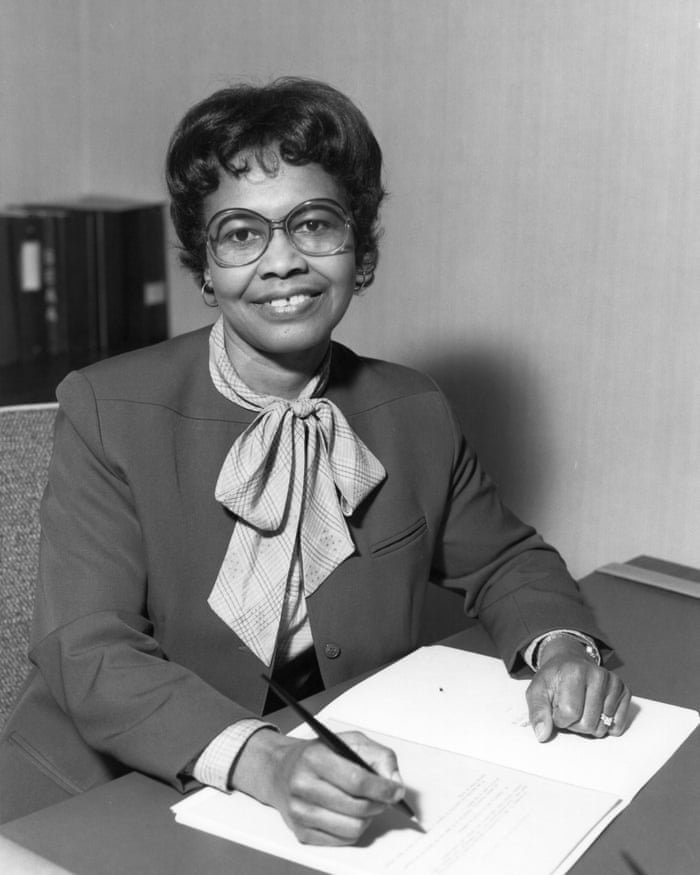Have you ever wondered how the GPS system was developed? GPS makes it super easy to get to new places and ensures you don’t ever get lost!
Let’s learn about the incredible woman, Gladys West, who invented the GPS system!
Introduction:
You’ve probably seen a GPS before, or the Maps app that you use on your phone for directions. It can tell you where to go from the touch of a button, and it’s a great tool to use if you ever get lost. But have you ever wondered how it works? As you may know, there are satellites circling far above the Earth’s surface, and they send out signals that are decoded by receivers, like the GPS receiver in your phone. The receivers can use this information to calculate the distance from these satellites, and then find where you are located.
What about beyond that? There’s a lot of math and precision involved to create something like a Global Positioning System. You have to consider the dips and grooves in the earth like hills and valleys, and also water and tidal forces. One brilliant mathematician, Gladys West, changed the world with her calculations and models of the earth’s shape.
Background:
As a young girl, Gladys West wanted an education more than anything. She grew up on a sharecropping farm in Virginia during segregation and quickly realized that she would have to work her way up. West’s teachers always supported her eagerness to learn and her passion for mathematics, so after she earned an academic scholarship, she went to university at Virginia State College. West was very dedicated to her studies and majored in mathematics, which was traditionally studied by men.
“I knew deep in my heart that nothing was getting in my way.”
Finding a job after graduating was difficult for her, especially in a field with such little diversity. She became a teacher for a couple of years after graduating, and then went on to graduate school. Finally, in 1955, she was offered a job as a programmer at a naval base in Virginia. She was one of the very few black and female employees to be hired and to work at the base. Though she felt proud of what she had accomplished and the work she was doing, West had deep-rooted self-doubt. Many women in STEM today still recognize this feeling, known as imposter syndrome. As an African-American woman, West had to work harder to earn her place.
“I started to think to myself that I’ll be a role model as the black me, as West, to be the best I can be, doing my work and getting recognition for my work.”
During this time, the civil rights movement was beginning to take place. West was put in a difficult position- she was unable to attend or participate in peaceful protests and demonstrations as a government employee. Since she was not allowed to protest outside, she decided to silently keep up her work inside the base. By working hard and pushing herself to do the best she could, she helped to change others’ perceptions of black people, especially in her field, and became a role model.
Soon enough, West climbed the ranks and even received a commendation for her work in 1979 from the head of her department. She oversaw the team for the Seasat radar altimetry project, which would break new ground and create the first satellite monitoring the oceans. In her work during this time, West came up with the calculations for a precise and accurate geodetic model of the Earth. This laid the groundwork for the GPS satellites' orbit. Her contributions unfortunately often went unnoticed and were undervalued by many of her peers at the navy base. However, in 2018, West was placed into the US air force hall of fame. She was a trailblazer in many ways, and her impact on the world will not be forgotten.
“We always get pushed to the back because we are not usually the ones that are writing the book of the past. It was always them writing and they wrote about people they thought were acceptable. And now we’re getting a little bit more desire to pull up everyone else that’s made a difference.” - Gladys West
Looking for more fun at home STEM activities for your young scientist? Check out our workbook full of exciting science experiments and empowering activities!



